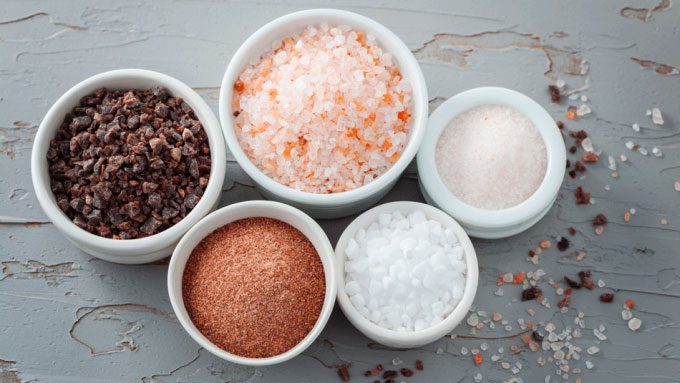Using Salt Correctly: Enhance Your Cooking and Preserve Food
Salt is an essential seasoning in cooking. However, the World Health Organization (WHO) recommends that an adult should consume no more than 5 grams of salt (about one teaspoon) per day. When used correctly, salt can enhance the flavor of dishes while also serving as a “quick fix” for various cooking mishaps, such as boiling vegetables that remain dull in color or mixing lemon water that turns out too sour without adding too much sugar.
Add Salt to Water When Boiling Vegetables is a popular cooking tip among chefs from Asia to Europe. It is important to add salt to the water and bring it to a boil before adding the vegetables for it to be effective. Water boils at 100 degrees Celsius at normal atmospheric pressure, but this temperature increases slightly when salt is added. When the water is vigorously boiling, submerge the vegetables to cook them quickly. This method helps retain the vitamins, ensuring the vegetables remain vibrant. To make the dish more appealing and glossy, you can add a little cooking oil to the boiling water before removing the vegetables.

Different Types of Salt.
A useful folk tip often applied by home cooks is using salt to reduce the saltiness of dried fish. Traditionally, when making dried fish, a large amount of salt is used to dehydrate the fish and eliminate bacteria. As a result, dried fish can be overly salty, regardless of how many times it is rinsed. In this case, you can soak the dried fish in a diluted saltwater solution, then rinse it clean to significantly reduce the saltiness. This is essentially the principle of osmosis in chemistry. When soaking fish with high salt concentration (hypertonic) in a solution with lower salt concentration (hypotonic), equilibrium (isotonic) is achieved. This method can also be applied to salty pickled items like eggplant, chili, or mustard greens.
Before preparing salads or fresh dishes, be sure to mix the cut vegetables and roots with coarse salt, allowing them to sit for about 10 to 15 minutes to draw out excess moisture. Afterward, rinse the vegetables or soak them in warm water to remove all the salt, then squeeze them dry before mixing into the salad. Following this process will make the salad crispier and tastier, as salt helps stimulate the vegetables to release water, resulting in a drier, crisper dish.
When squeezing sour oranges, making lemonade, or preparing soups, stir-fries, salads, or sauces that turn out too acidic, simply add a pinch of salt and sugar to balance the flavors. Salt effectively reduces acidity without the need for a lot of sugar. It can also enhance the sweetness in some desserts while mitigating the bitterness in certain dishes.
Additionally, there are several lesser-known benefits of salt, such as adding a little salt to hot oil to minimize spattering while frying. When crushing freshwater crab for soup, adding a bit of salt will help the proteins in the crab meat bind together, forming lumps quickly when cooked. Adding salt to rice when cooking will help prevent spoilage, as salt has antibacterial properties. It is also an effective seasoning when simmering bones and vegetables for broth, as salt helps extract the natural sweetness.


















































